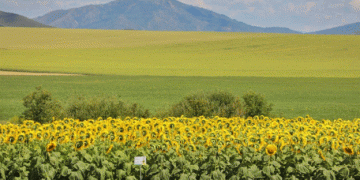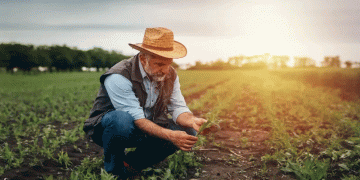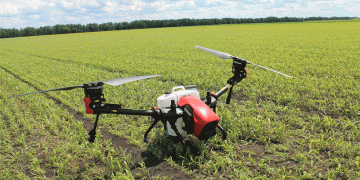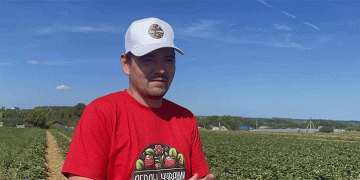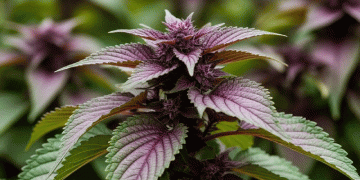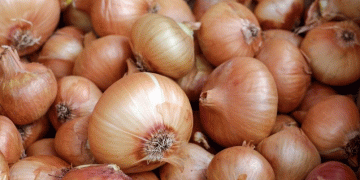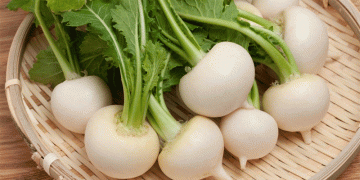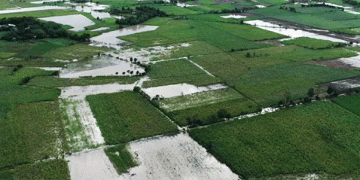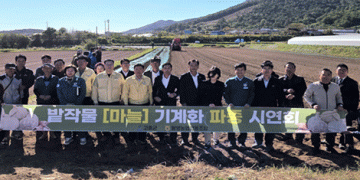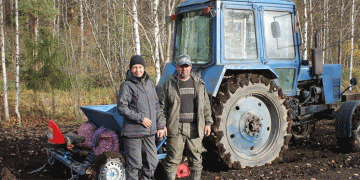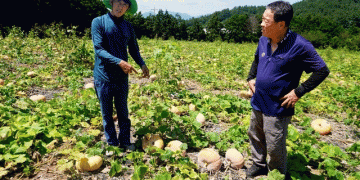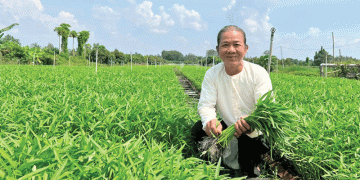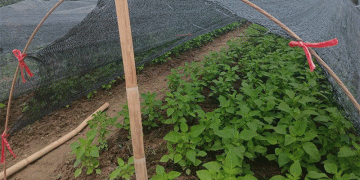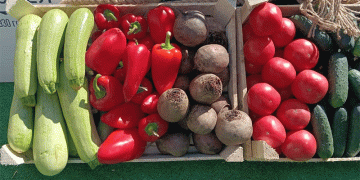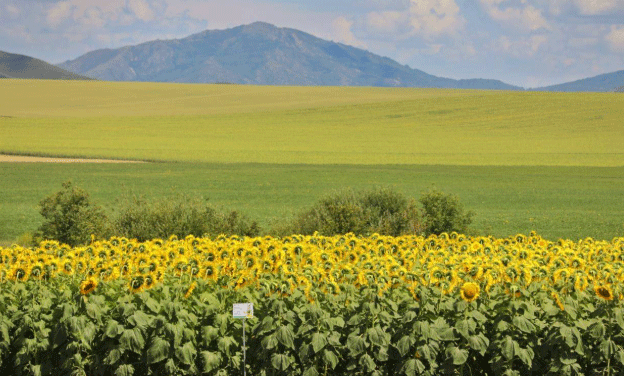Kazakhstan, a traditional powerhouse in grain production, is executing a deliberate and significant shift in its agricultural strategy. According to the Ministry of Agriculture, while the nation’s total sown area for 2025 has expanded by 322,800 hectares to a massive 23.6 million hectares, this growth masks a major realignment beneath the surface. The area dedicated to grains and legumes has contracted by 630,000 hectares, falling to 16 million hectares. Most strikingly, the area sown with wheat—the country’s flagship crop—has seen a dramatic reduction of nearly 885,000 hectares, landing at 12.3 million hectares.
The land freed from wheat is being rapidly reallocated to more profitable and socially significant crops. Sunflower is leading this charge, with a record 1.8 million hectares planted in 2025—an increase of 481,500 hectares from the previous year. This aligns with global trends; according to the USDA, strong international demand and high vegetable oil prices have made sunflowers a highly attractive economic option for farmers. Similarly, potato areas have increased to 131,200 hectares, with organized commercial farms driving a significant portion of this growth (12,500 ha), indicating a professionalization of this high-value food segment.
Concurrently, the government is actively addressing water sustainability by reducing the footprint of highly water-intensive crops. Cotton plantations now cover 144,500 hectares, with a portion (50,000 ha) utilizing more efficient drip irrigation. Furthermore, rice cultivation in the Kyzylorda region has been deliberately scaled back from 85,600 to 80,900 hectares, a move critical for preserving water resources in arid zones.
Kazakhstan’s agricultural transformation is a bold, necessary, and data-informed evolution. It moves the sector beyond its historical dependence on wheat exports and towards a more resilient, profitable, and sustainable model. For farmers and agronomists, this pivot presents new opportunities in high-value oilseeds and horticulture but also demands new expertise in crop rotation, water management, and market navigation. For policymakers and scientists, it underscores the critical link between water policy, crop selection, and long-term food security. This strategic diversification strengthens the domestic food basket, reduces vulnerability to global commodity price shocks, and positions Kazakh agriculture for a more climate-resilient and economically robust future.
Keywords: Kazakhstan agriculture, crop diversification, wheat production, sunflower cultivation, water-efficient crops, food security, agricultural policy, farm profitability, sustainable agriculture, Central Asia.
